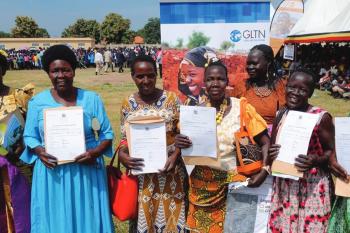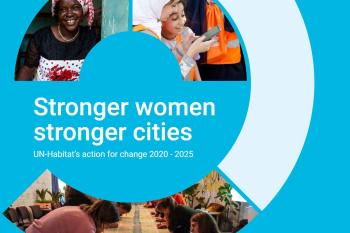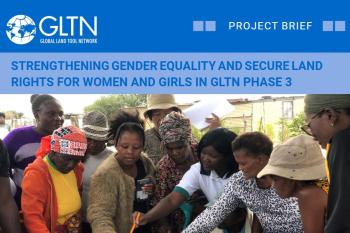
Read More
Gender Strategy for Land-at-Scale Uganda
Women’s Land Rights (WLRs) are fundamental human rights, foundational to gender equality and women’s dignity and instrumental in improving food security, effective climate action, poverty eradicati

This training course from the Global Land Tool Network is part of the Network’s activities on Islamic dimensions of land. In most Muslim countries Islamic law, principles and practices make an important contribution to shaping access to land. GLTN therefore has as one of its objectives the identi cation and development of Islamic land tools and case studies through a cross-cultural, interdisciplinary and global process, owned by Muslims, but also including other civil society and development partners. More information on work in this area is available on GLTN’s website (www.gltn.net).
The training course, designed as an introduction to the eld, is divided into eight stand-alone Modules, intended for use across Muslim societies. It is generic in nature, encouraging local adaptations where applicable. In addition to the Modules, the package includes a Guide for Facilitators and a set of annexes to drawn from during the training course.
The target groups for the course are policy makers or an audience at beginners or undergraduate level without prerequisite knowledge of Islamic land law but having basic experience with land issues in the Muslim world. The course builds on the baseline study by Sait S and Lim H (2006) Land Law and Islam: Property and Human Rights in the Muslim World (London: Zed Press/UN-HABITAT).

Women’s Land Rights (WLRs) are fundamental human rights, foundational to gender equality and women’s dignity and instrumental in improving food security, effective climate action, poverty eradicati

This publication presents a summary of UN-Habitat’s gender equality impact over the past five years, in line with the Beijing reporting cycle.

GLTN’s institutional commitment to gender equality and secure land rights for women and girls has been at the core of its work since inception in 2006.